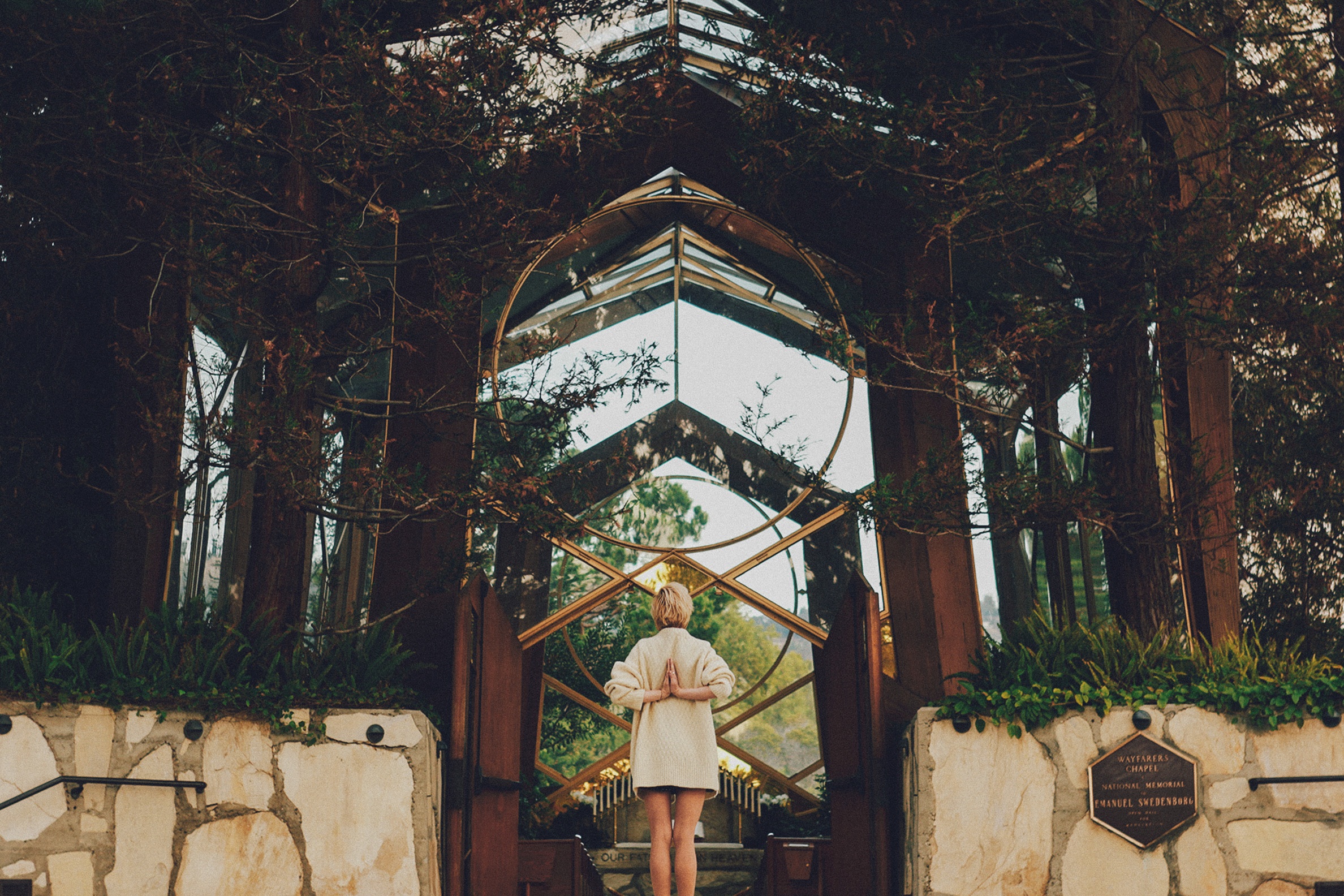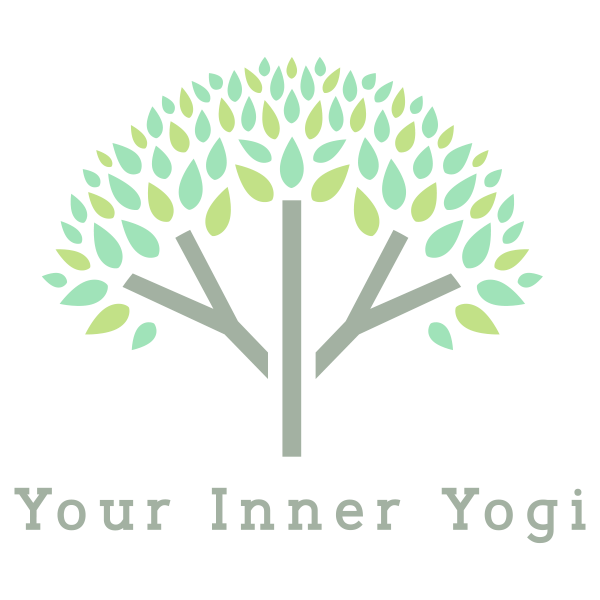
Finding the “Right” Studio
We all know the story of the three little bears – Goldilocks tries all the bowls of porridge until she finds one that’s “just right,” before sleeping in everyone’s bed and scampering out of the bear family’s home without an introduction or a ‘thank you.’ We can get into the moral imperatives of satya (truthfulness) and asteya (non-stealing) later. The point is, Goldi was a wanderer with an appetite. She didn’t quite know what she wanted, but she knew she was hungry (and sleepy), morality aside.
So let’s say you’ve been thinking about trying yoga but don’t quite know where to start, or you already have a practice but are seeking something more. You endeavor to explore that hunger by finding the “right” yoga studio. But what does that really mean? A few considerations can help you narrow your path.
- What do you have a taste for? There are dozens of styles of yoga. Some may involve holding poses for several breaths, others unite breath and movement at a one-to-one ratio. Just as Goldilocks tried each bowl of porridge before finding the one that filled her belly, you can explore different styles of yoga until you find one that leaves you feeling full. Enjoy the journey of discovery based on what’s motivating you to get to your mat. Perhaps you’re seeking restoration and stillness, or movement and expression. Many if not all of the studios in the Memphis area offer Hatha-based yoga classes in some form, which is a breath-centered physical practice of postures (asanas). The word basically means sun and moon, and the practices associated with it—such as Vinyasa or Ashtanga Vinyasa—are designed to fire up the body while calming down the mind. (It should be mentioned that yoga is the union of opposites). Don’t be afraid to check out some of the class styles on your local studios’ schedules and see how they feel in your body.
- Too hot or too cold? This can be a heated debate. If you’re curious about hot yoga, you’ll want to find a studio that offers hot classes. Most studios will not only denote whether or not a class is “hot,” but will also state the temperature range. If they don’t show it on their website or schedule, just ask before you go! A few degrees can make a huge difference; positive or negative depends on the person. While warmer temperatures can aid deeper movement within the body, a sweltering practice isn’t everyone’s idea of the perfect porridge. The desire for more heat or less heat (most unheated classes range from the 70s to mid-80s) should be based on what you’re comfortable with and what you’re seeking to experience – not based on what’s popular.
- Time? It’s not only important to make sure the style you want is offered at a time that suits your schedule, but you should also have an idea of how much time you have for your practice on a given day. Goldilocks ate her porridge then had enough time for a nap. In most yoga classes, the closest thing you’ll get to a nap is savasana (final relaxation pose). This is an essential element of a physical yoga practice because it allows the breath and heart rate to return to a resting pace, while helping all of the work you’ve done on your mat sink in. A shorter class (30 or 45-minutes) can be a great way to get your practice in when on the go, but know that the final resting time or other areas of the class may be condensed. A 60-minute practice may give you more time in savasana or other parts of practice that you seek. Decide what length will work for your practice based on your time, mind and body needs.
- Are you seeking connection? Clearly Goldi wasn’t seeking to make friends when she fled the scene. Sometimes you may want to practice in a studio setting to build connection with others. If that’s the case, you may want to consider studios that emphasize family and community, offering a welcoming environment. If you’re not too keen on those elements, seek a studio that offers more of an in and out vibe.
Finding the right studio can be a never-ending story, but you’ll know when one (or two or three) is just right. In all of the above considerations – and there are many, many more – the teachers are essential ingredients. A teacher should make you feel welcomed and comfortable exploring your practice, regardless of how long you’ve been practicing or how long the class is. Teachers, like everyone else, come in all different ages, sizes and experience levels. Don’t judge a book by its cover as everyone is on a different journey and can bring something new to yours. Two teachers can teach the same style differently, from their cues to their music or modifications. Whether a teacher is right for you is a matter of what that teacher is bringing to your journey.
Back to the moral imperatives – please don’t break and enter. Know the class times and arrive early so that you can get checked in at the desk and settled in on your mat (rent one if you need to). Check class prices and new student specials before you arrive so that you can take advantage of what the particular studio has to offer, such as discounted unlimited yoga for new students for two weeks or karma (donation-based) classes. And don’t forget to breathe!
To learn more about Your Inner Yogi and get a head start on your journey to find the right studio, explore the rest of our website, follow us on social media (@YourInnerYogi) or join us in the studio. We hope to help you experience the art of yoga soon!
About the author
Caroline Miles teaches and blogs for Your Inner Yogi. A transplant to Memphis by way of the D.C.-metropolitan area (and New Orleans), Caroline enjoys Ashtanga Vinyasa, good beats and dry humor. Yoga is a large part of her journey to live – and help others live – an authentic life centered upon well-being.

